How to judge the quality of Double Concentrated Tomato Paste by its color and texture?
Double concentrated tomato paste is a powerhouse ingredient, foundational to countless dishes from rich ragùs to complex stews. Its intense flavor builds depth, but quality varies significantly. How can you discern the best before you stir it in? Seasoned chefs and discerning food manufacturers know the secrets often lie in two key sensory indicators: color and texture. Understanding these visual and tactile cues is essential for selecting a paste that delivers superior flavor and performance.
The Chromatic Code: Reading Quality in Red
The color of double concentrated tomato paste is far more than aesthetic; it's a direct window into its raw materials and processing:
Depth and Intensity: High-quality double concentrate exhibits a deep, rich red hue, often described as burgundy or brick-red. This intensity signifies a high concentration of lycopene and other carotenoids – the pigments responsible for tomatoes' color and potent antioxidants. These compounds develop during ripening and are concentrated further during processing. A paste appearing pale orange, washed-out red, or brownish suggests either the use of less-ripe tomatoes, excessive processing heat damaging pigments, or potentially dilution.
Consistency and Uniformity: Look for uniformity throughout the paste. Streaks of lighter orange, yellow, or grey-green are significant red flags. These often indicate:
Under-ripe Tomatoes: Green shoulders or insufficiently ripe fruit used in the blend.
Oxidation: Exposure to air during processing or storage, leading to a loss of vibrant color and potential off-flavors.
Inconsistent Processing: Poor temperature control during concentration can cause uneven pigment degradation.
Avoiding Brown/Black: Any pronounced brown or black tones typically signal over-caramelization or burning during the high-heat concentration process. This drastically impacts flavor, introducing bitter, burnt notes rather than the desired intense, sweet-savory tomato essence.
The Tactile Test: Texture as a Quality Indicator
The feel of the paste is equally critical, revealing much about its concentration level, processing methods, and final culinary performance:
Density and Resistance: Authentic double concentrated paste should feel exceptionally thick and dense. When pressing a small amount between your fingers (or against the side of a bowl with a spoon), it should offer significant resistance and hold its shape firmly without immediately collapsing or flowing easily. A paste that feels loose, watery, or spreads readily suggests it may be under-concentrated or diluted, lacking the potent flavor punch expected.
Smoothness: While variations exist, premium double concentrate generally boasts a very smooth, velvety texture. It should be largely free of noticeable seeds, significant skins, or fibrous bits. While minimal fine particulate matter might be present depending on the straining process, excessive graininess, grittiness, or fibrous strands indicates either:
Poor Straining: Inadequate removal of skins and seeds post-pulping.
Use of Lower Grade Tomatoes: Tomatoes with tougher skins or higher fibrous content.
Insufficient Processing: Incomplete breakdown during homogenization.
Cohesiveness: High-quality paste is cohesive, forming a solid mass when scooped. It shouldn't separate excessively into liquid and solids within the container before stirring (minor oil separation might occur in oil-packed versions, but the paste itself should remain solid). Separation of watery liquid indicates settling or potential issues with homogenization and stability.
Why Color & Texture Matter Beyond Appearance
Choosing paste based on these visual and tactile qualities isn't just about aesthetics; it directly impacts your culinary results:
Flavor Intensity: Deep red color correlates strongly with higher lycopene and sugar content, translating to richer, more complex, and sweeter tomato flavor. Poor color often means blandness.
Concentration Accuracy: The correct thick, dense texture confirms the actual solids concentration meets the "double concentrated" standard, ensuring you get the flavor potency you pay for.
Recipe Performance: Smooth, thick paste integrates seamlessly into sauces and stews without adding unwanted texture or requiring excessive reduction time. Grainy paste can lead to unpleasant mouthfeel.
Efficiency: Highly concentrated, quality paste means you use less product to achieve the desired flavor impact.
For exclusive discounts and the latest offers, please enter your address and information below.

 EN
EN  English
English Français
Français 中文简体
中文简体

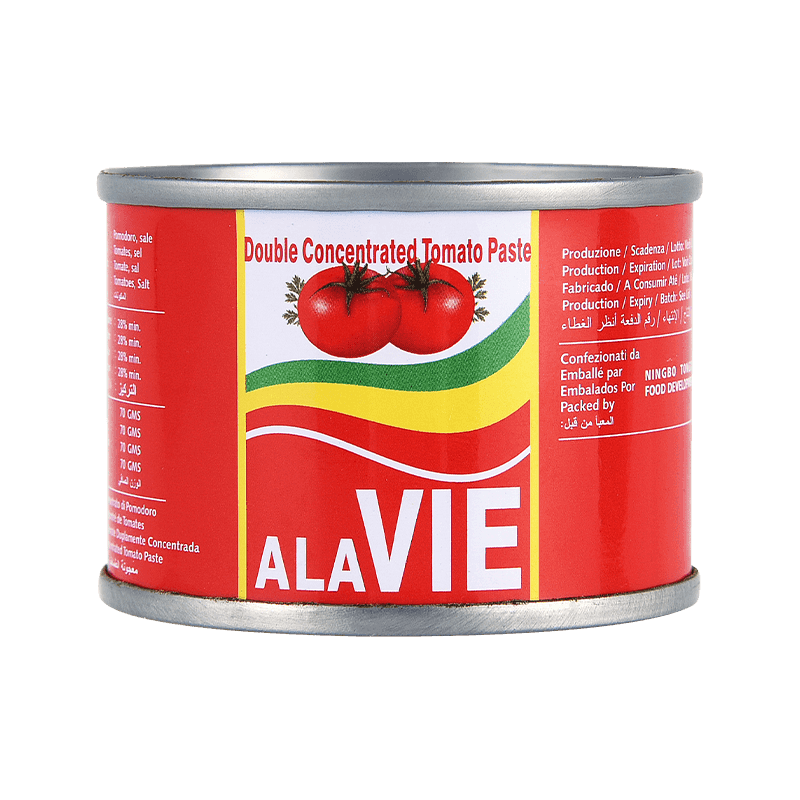
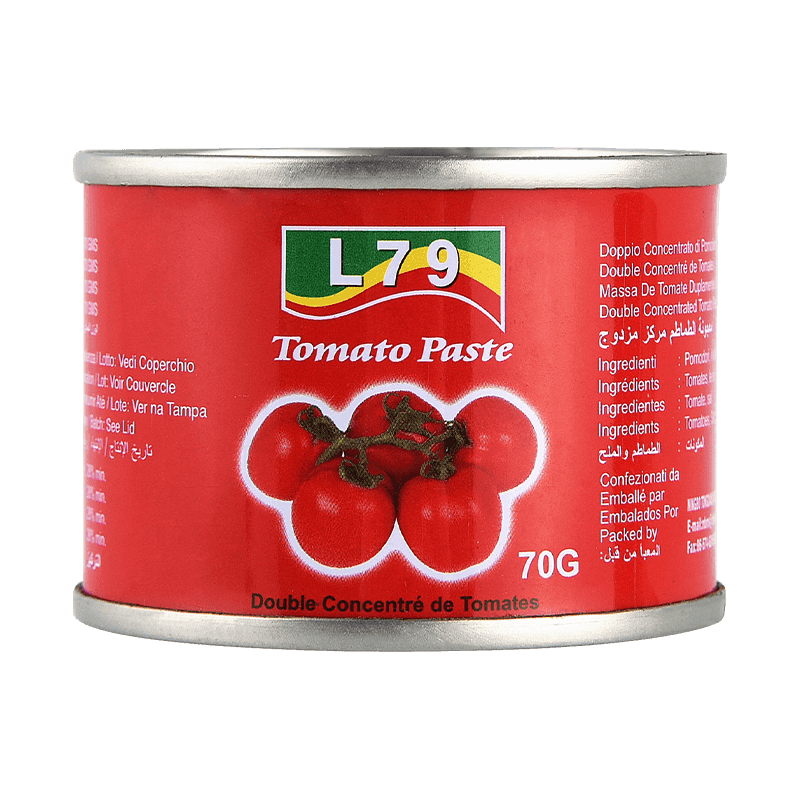
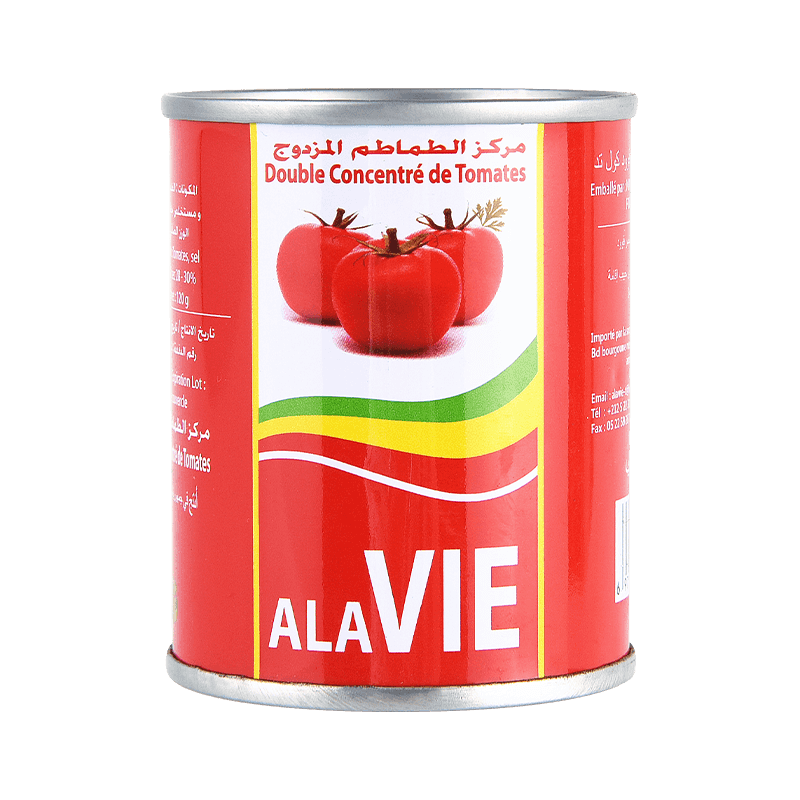
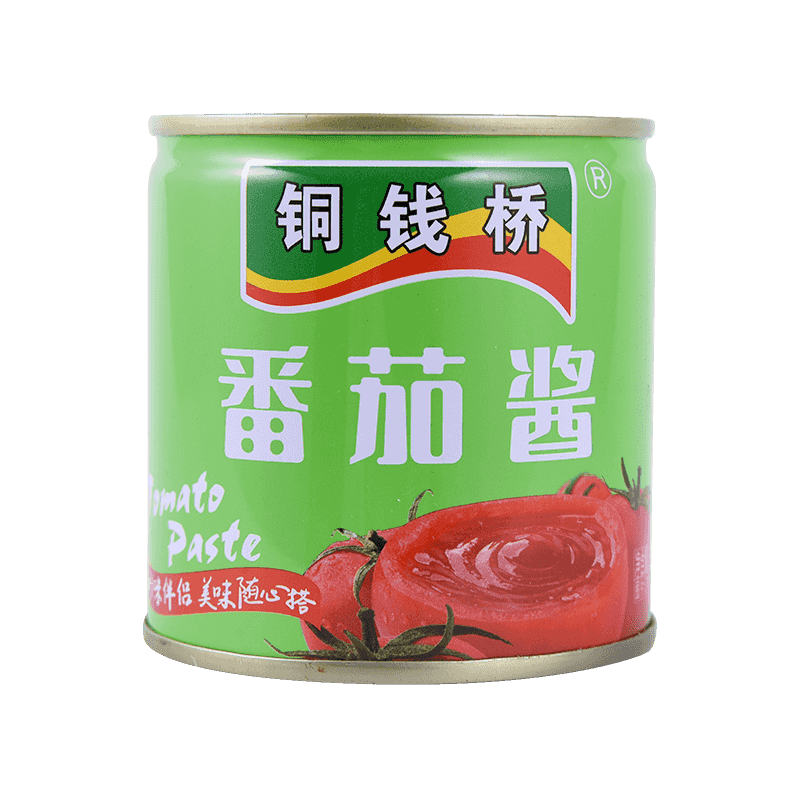
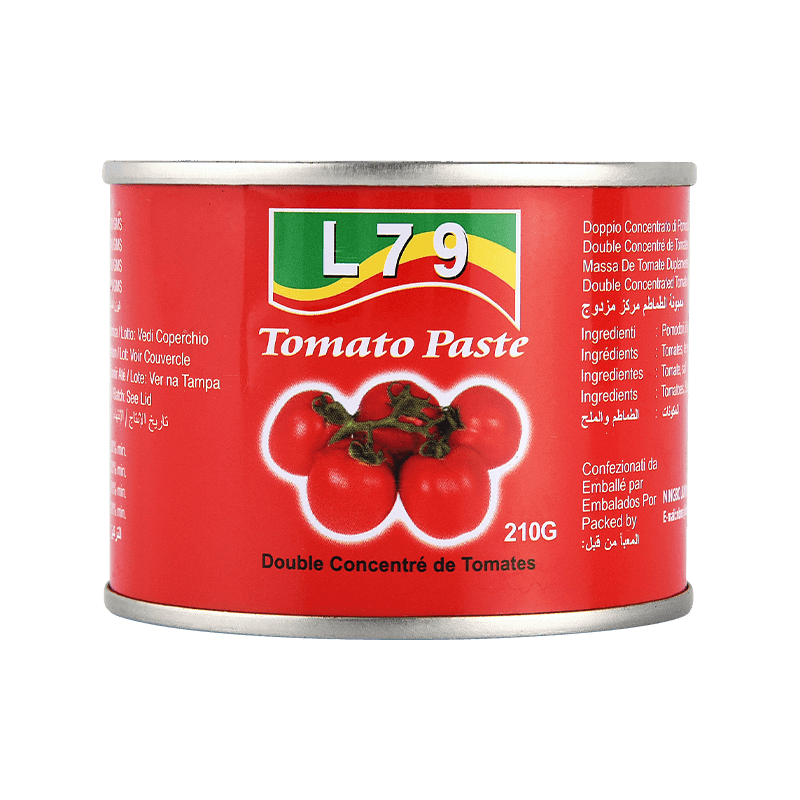
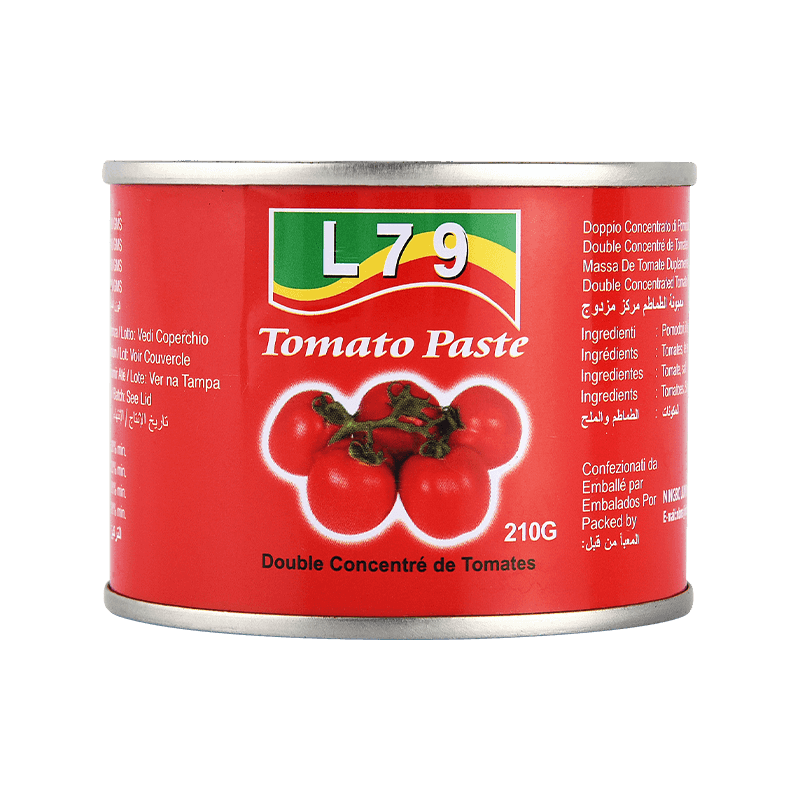
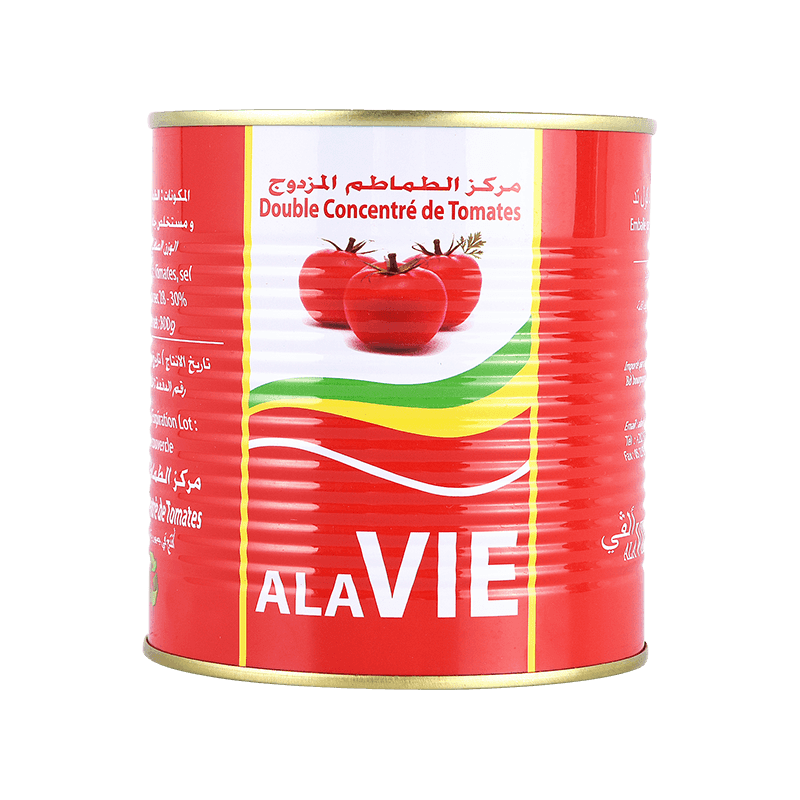
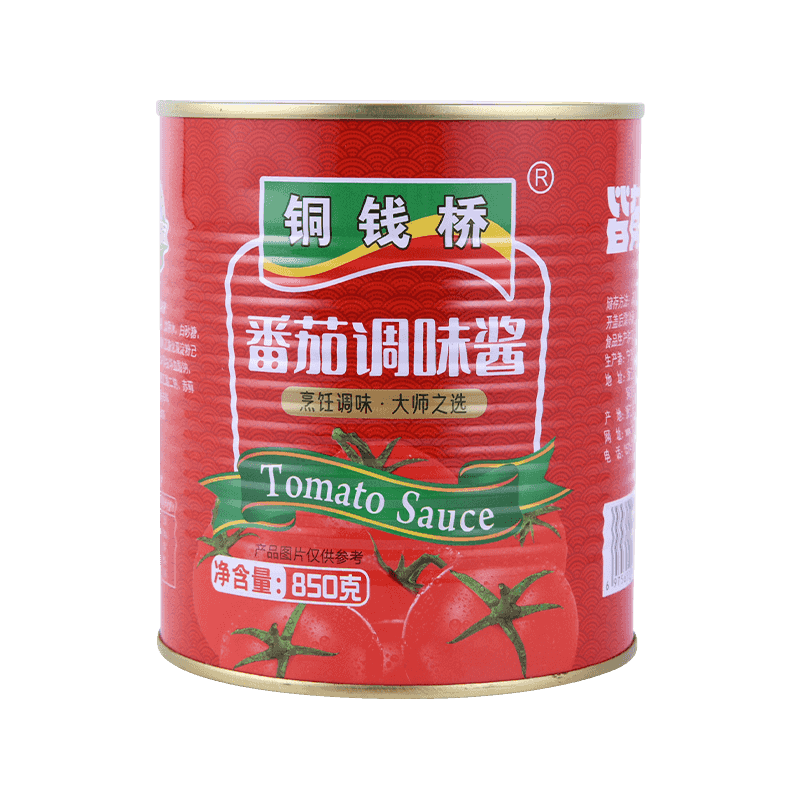
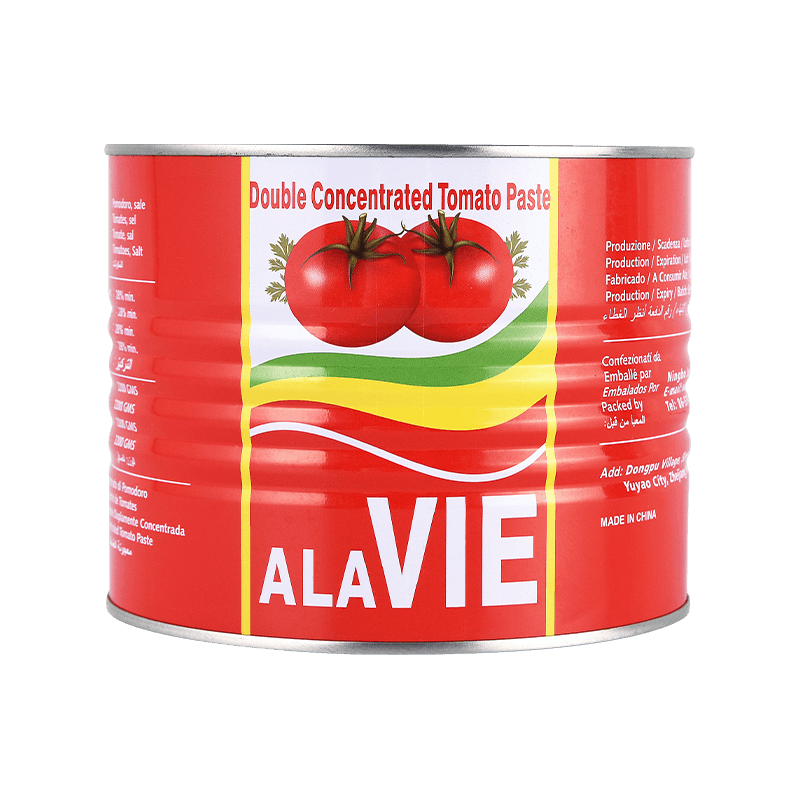

 No.1 Tongqianqiao Road, Dongpu Village, Simen Town, Yuyao, Zhejiang Province
No.1 Tongqianqiao Road, Dongpu Village, Simen Town, Yuyao, Zhejiang Province  nbms@nbtomato.com
nbms@nbtomato.com 
